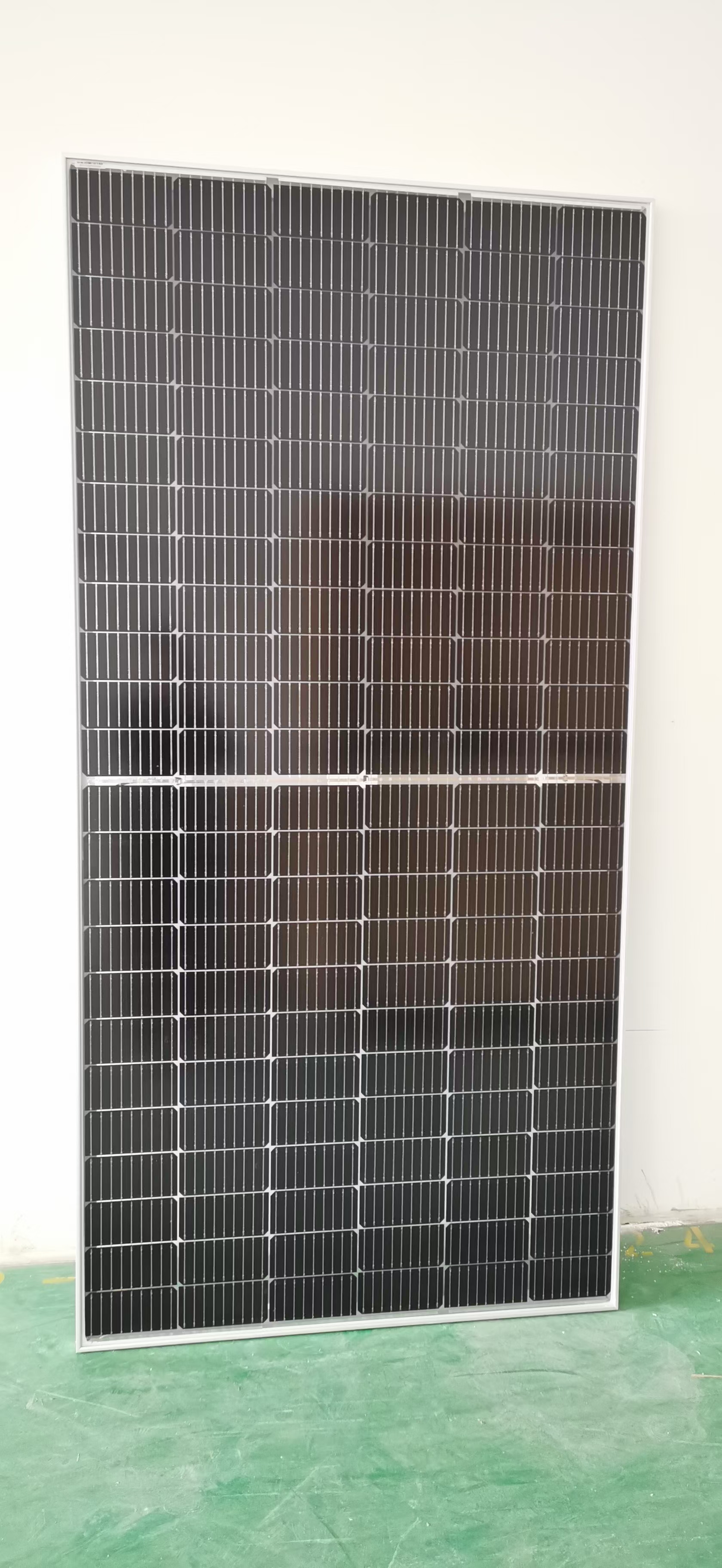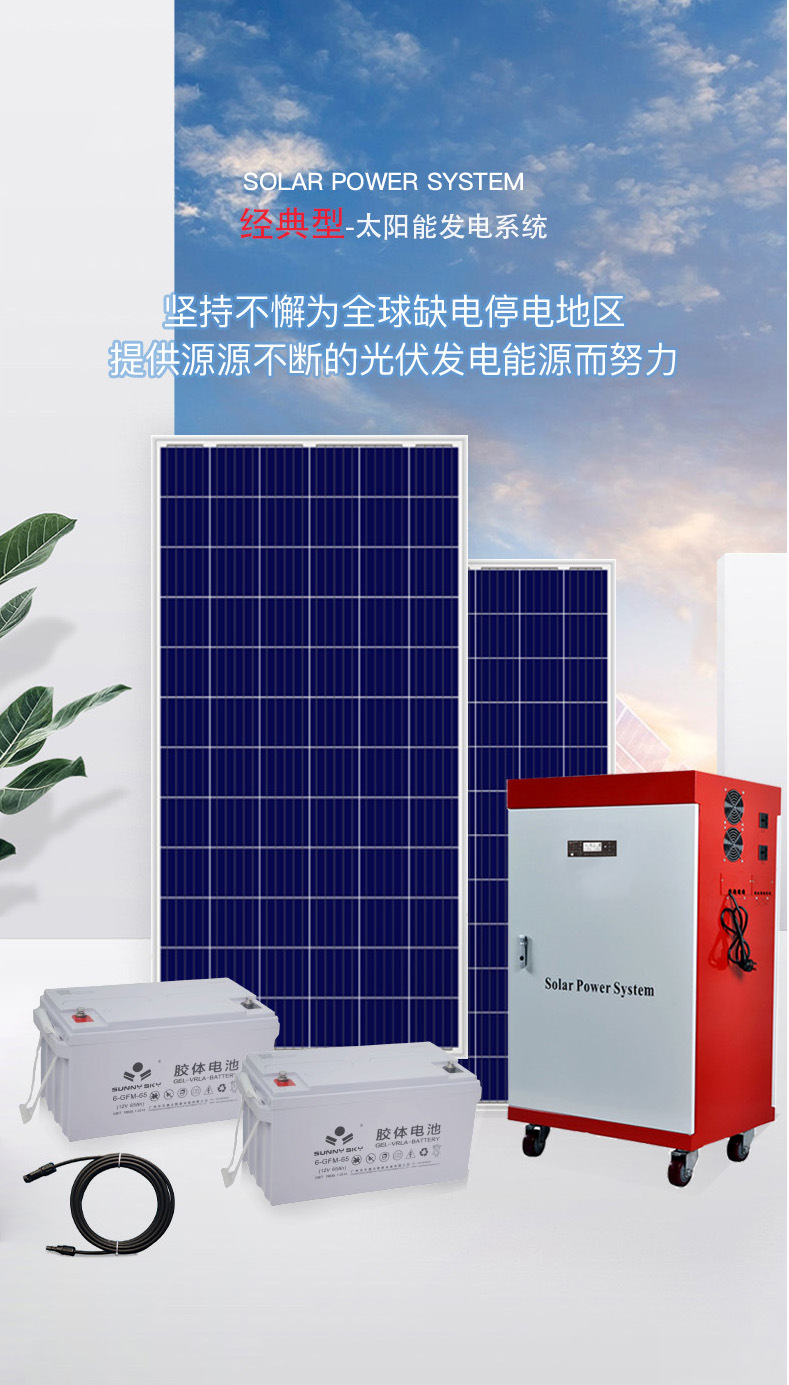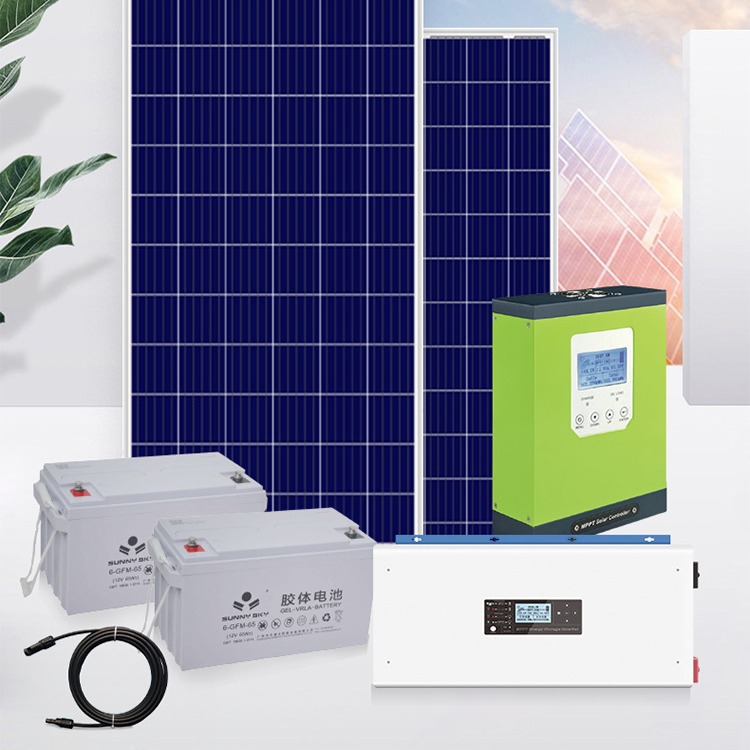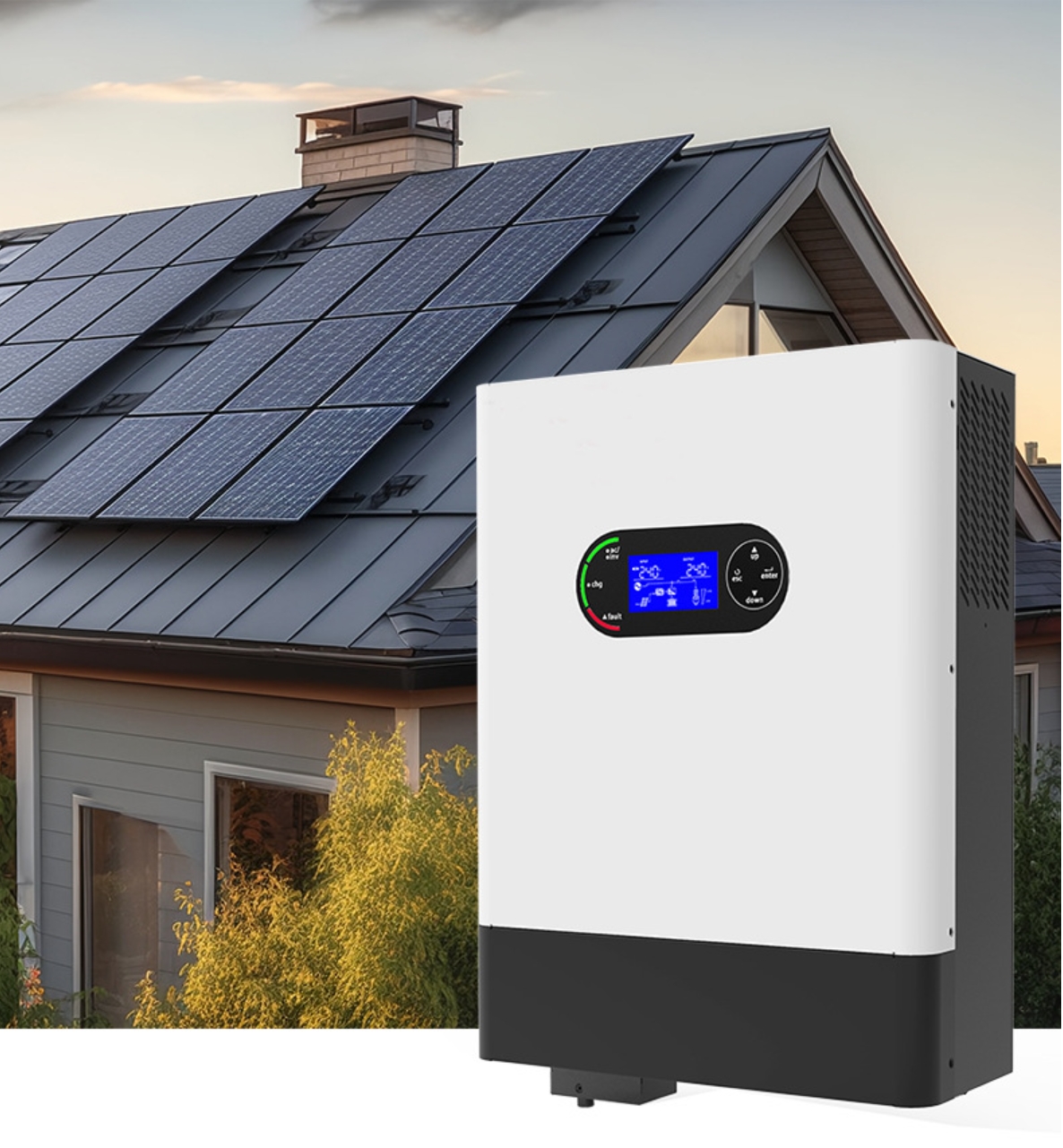The Enduring Role of Lead-Acid Solar Batteries in Renewable Energy
The journey towards sustainable energy solutions has brought various technologies to the forefront, and among the most established for energy storage is the lead-acid solar battery. Despite the emergence of newer battery chemistries, the lead-acid solar battery continues to be a pivotal component in many off-grid and hybrid solar power systems worldwide. Its enduring presence is a testament to its reliability, cost-effectiveness, and well-understood technology, making it a practical choice for individuals and businesses looking to harness solar power efficiently. Understanding its characteristics is crucial for anyone considering a robust solar energy solution.
Delving into Lead-Acid Battery Fundamentals
Lead-acid batteries were invented in 1859 by French physicist Gaston Planté and are the oldest type of rechargeable battery. Their fundamental working principle involves a chemical reaction between lead plates and a sulfuric acid electrolyte. A standard lead-acid cell produces approximately 2 volts, and multiple cells are connected in series to achieve higher voltages, such as 6V, 12V, or 24V, commonly used in solar applications. There are primarily two categories of lead-acid batteries relevant to solar systems: flooded lead-acid (FLA) batteries and valve-regulated lead-acid (VRLA) batteries. FLA batteries require regular maintenance, including topping up distilled water, while VRLA batteries, which include Absorbent Glass Mat (AGM) and Gel types, are sealed and maintenance-free, offering more flexibility in installation. Each type has its specific advantages and charging requirements, influencing its suitability for different solar energy storage needs.
Why Choose Lead-Acid for Your Solar Energy Storage Needs?
One of the primary reasons for the continued popularity of lead-acid batteries in solar applications is their relatively low upfront cost compared to other battery technologies like lithium-ion. This affordability makes solar energy storage accessible to a broader range of users, particularly in budget-sensitive projects or regions where cost is a significant barrier to adopting renewable energy. Furthermore, lead-acid technology is mature and well-understood, meaning there is a wealth of knowledge available regarding their operation, maintenance, and troubleshooting. They are known for their robustness and ability to handle high surge currents, which can be beneficial for appliances like pumps or motors that have high starting power demands. For those seeking a dependable and proven method for solar energy storage, lead-acid batteries offer a compelling balance of price and performance, often forming the backbone of many reliable off-grid power systems.
Key Considerations for Implementing a Lead-Acid Battery System
When planning a solar power setup incorporating a lead-acid battery system, several critical factors must be considered to ensure optimal performance and longevity. Proper sizing of the battery bank is paramount; it must be capable of storing enough energy to meet demand during periods of no sunlight while also avoiding excessive discharge, which can significantly shorten battery life. The charging regime, managed by a solar charge controller, is equally important. Lead-acid batteries require a specific multi-stage charging process (bulk, absorption, float) to be fully charged without overcharging. Temperature also plays a crucial role; extreme temperatures can negatively affect both the performance and lifespan of a lead-acid solar battery. Therefore, a well-designed lead-acid battery system will incorporate considerations for ventilation, temperature compensation in charging, and a robust monitoring system to track battery state of charge and health. These elements contribute to a reliable and efficient overall solar solution.
Maximizing Lifespan: Maintenance Practices for Lead-Acid Batteries
The longevity of a lead-acid battery bank is heavily dependent on proper maintenance, particularly for flooded types. Regular checks of electrolyte levels in FLA batteries and topping up with distilled water as needed are essential to prevent plate damage. All lead-acid types benefit from periodic equalization charges, which help to reverse sulfation (the formation of lead sulfate crystals on the plates) and balance the charge across individual cells. It's crucial to avoid consistently deep discharging the batteries; a shallower depth of discharge (DoD) generally leads to a longer cycle life. Keeping terminals clean and tight prevents corrosion and ensures good electrical connections. Furthermore, operating the batteries within their recommended temperature range and ensuring they are correctly charged by the solar charge controller are vital aspects of a proactive maintenance routine. Adhering to these practices can significantly extend the operational life of your solar batteries, ensuring a more sustained return on your renewable energy investment. Investing in high-quality components and proper care are key to reliable green energy.
Lead-Acid Versus Modern Alternatives: A Comparative Look
While lead-acid batteries offer a cost-effective solution, it's important to acknowledge the emergence of newer technologies, most notably lithium-ion batteries. Lithium-ion batteries generally offer higher energy density (more storage capacity in a smaller, lighter package), longer cycle life, and can tolerate deeper discharges with less impact on their longevity. They also tend to be more efficient and require less maintenance. However, these advantages come at a significantly higher upfront cost. The choice between a lead-acid battery system and a lithium-ion system often boils down to specific project requirements, budget constraints, and the user's willingness to engage in periodic maintenance. For applications where space and weight are not critical constraints, and where initial cost is a primary driver, lead-acid batteries can still provide excellent value, especially when properly managed. The focus remains on finding the right fit for effective solar energy storage.
Addressing the Environmental Footprint: Recycling Lead-Acid Batteries
The primary components of lead-acid batteries, lead and sulfuric acid, can be harmful to the environment if not disposed of correctly. However, the lead-acid battery industry has one of the highest recycling rates of any product. In many countries, over 90% of lead-acid batteries are collected and recycled. The lead is melted down and reused in new batteries or other products, and the plastic casings are also often recycled. The sulfuric acid can be neutralized or reclaimed. This high recyclability significantly mitigates the environmental concerns associated with their use. When investing in a lead-acid solar battery setup, it is crucial for users to be aware of and utilize proper recycling channels at the end of the battery's life. This commitment to responsible disposal aligns with the broader goals of sustainable energy and helps in reducing overall carbon emissions associated with resource extraction and manufacturing.
The Evolving Role of Lead-Acid in the Future of Solar Energy
Despite the rapid advancements and increasing adoption of lithium-ion and other emerging battery technologies, lead-acid batteries are unlikely to disappear from the solar energy landscape completely, at least in the near future. Continuous innovation is also occurring within lead-acid technology itself, with advancements like enhanced flooded batteries (EFB) and carbon-enhanced lead-acid batteries aiming to improve cycle life, partial state-of-charge operation, and overall performance. Their established manufacturing infrastructure and low cost continue to make them attractive for specific market segments, particularly in developing countries or for large-scale stationary solar energy storage projects where space is less of a constraint and cost per kilowatt-hour stored remains a critical metric. As companies strive to deliver high-quality products and top-notch solar energy solutions, the pragmatic choice of lead-acid technology will persist where it makes economic and practical sense, complementing other technologies in a diverse energy storage portfolio.
Conclusion: A Considered Choice for Reliable Solar Power
In conclusion, while the energy storage market is dynamic and constantly evolving, the traditional lead-acid battery maintains its position as a viable and often cost-effective option for many solar applications. Its suitability hinges on a clear understanding of its strengths, such as low initial investment and proven reliability, as well as its limitations, including maintenance requirements and lower energy density compared to newer chemistries. By carefully designing the lead-acid battery system, adhering to proper maintenance protocols, and ensuring responsible recycling, users can harness solar power effectively and contribute to a greener future. The choice of lead-acid technology, especially when sourced from providers committed to quality and reliability, can be a sound investment for achieving energy independence and supporting sustainable energy practices. It's about making an informed decision that balances performance, cost, and long-term energy goals.





